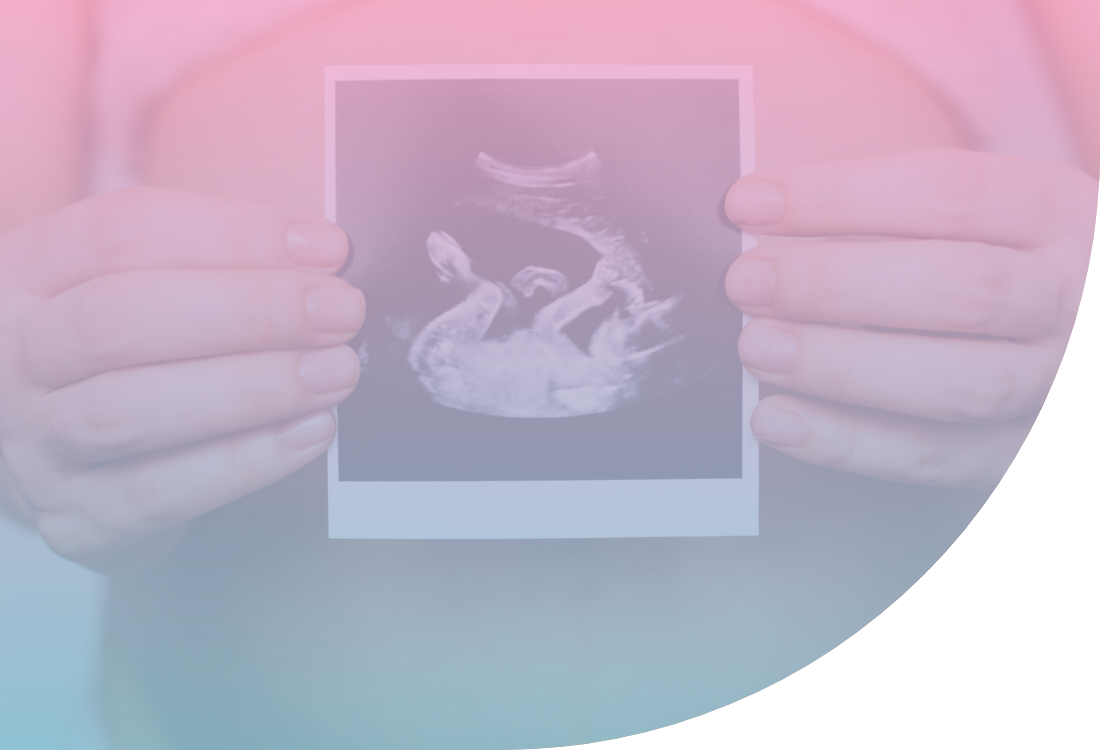At Embryowish, we offer modern fertility treatments in Athens, tailored to every couple’s or woman’s needs. Specializing in infertility treatments and advanced IVF treatments in Greece, our team is here to guide you with expertise and care. Discover all available options and choose the fertility treatment that suits you best.
Assisted Embryo Hatching
Embryo hatching refers to the process where the blastocyst-stage embryo separates from the zona pellucida, a protective outer layer. Assisted embryo hatching is an in vitro technique where the zona pellucida is artificially thinned or opened, using either chemical or mechanical methods, or a laser. This technique is an essential tool in fertility treatment.
The Assisted Embryo Hatching Procedure
The transfer of the embryo to the endometrium occurs a few days after fertilization. Under normal circumstances, the embryo must pierce the zona pellucida, causing it to thin, allowing the embryo to hatch and attach to the endometrium for implantation. However, if the zona pellucida is thicker than usual, or has hardened due to prolonged culture or freezing and cryopreservation, hatching may be hindered. To address this during IVF, the embryologist can assist the embryo hatching process by creating an opening in the zona pellucida, either through chemical erosion or with a specialized laser attached to the microscope, before transferring the embryos to the uterine cavity.
When is Assisted Embryo Hatching Recommended?
Assisted embryo hatching is recommended in certain situations to enhance fertility treatment success. Key indications include:
- Thick or hardened zona pellucida
- Transfer of cryopreserved embryos
- Multiple unsuccessful IVF attempts
- Advanced maternal age (over 40 years)
- Elevated FSH levels
This procedure can significantly improve the chances of success in fertility treatments, particularly for women who have faced previous challenges with IVF or are of advanced reproductive age.
